Does EMS Pay Off? Assessing the Cost and Benefits of Energy Efficiency Solutions
/Risk is a four-letter word in commercial real estate, and unsurprisingly, some building management teams are hesitant to buy into energy upgrades that promise cost-saving. Building engineers, property managers and owners want to feel confident the capital expenditure (cap-ex) will produce a real reduction in operating expense (op-ex).[1] Energy Management Software (EMS) is the energy efficiency solution that delivers ROI in the short-term and long-term. However, as a recent study by the Economist Intelligence Unit demonstrates, as many as ⅔ of respondents in the U.S. overestimated the cost of energy-efficiency upgrades such as EMS.[2]
So how exactly does EMS save building management teams money and deliver on ROI? Here are some exemplary aspects of how MACH’s EMS works.
- Improve Energy Efficiency→Lower Energy Expenditure → Lower Operational Cost
- Identifies specific dates throughout the month where the building can capitalize on savings opportunities using analytics on the building’s energy usage
- Optimizes control of operations for changes in weather and avoid spikes in costs during unpredictable weather systems
- Detects equipment and operational problems early, before inefficiency becomes costly
- Eliminates unexpected energy usage spikes with real time alerts
- Provides insight into BMS functioning, start-up and shut-down times and how that impacts energy expenditure
- Enumerates the dollar amount associated with specific equipment adjustments
- MACH Knows Time is Money: MACH’s Software Features Will Make Your Job Easier with:
- Integrated ENERGY STAR data uploads and score reporting
- Automated budget creation
- Bang for Your Buck: State of the Art Software Works as a Virtual Personal Assistant
- Low cap-ex because the installation process is inexpensive and not equipment-intensive
- Real-time data and notification to keep you and your team informed
- Mobile platform for smartphones and tablets allowing you to monitor operations on the go
- Visual data for ease of use, interpretation and collaboration
The benefits above translate into tangible results; research shows that when buildings invest in energy efficiency, they experience higher occupancy rates and higher tenant retention.[3] Typically, those investments refer to retrofit projects, but the beauty of EMS is that the insight it provides can save money even before installing any hardware upgrade. Additionally, EMS will analyze the value and functionality of both current and potential retrofits to better inform the decision makers. Building owners and management professionals should not fall prey to the fallible logic that clinging on to old, inefficient equipment and systems saves more money than upgrading. As a growing market, energy efficiency is driven not just by environmental concerns but also by the inherent financial advantages of smart energy usage. Energy efficiency upgrades have proven to boost bottom lines for businesses and properties. Some of those upgrades may be daunting capital expenditures, but energy management software with sensors is an economical option. In return, EMS’ data analytics will illuminate your building operations and quickly begin to save money on your energy bills.
[1] Jessica Lyons Hardcastle, “Why Smart Building Technology is a ‘No Brainer’”, Environmental Leader, Nov 6, 2013: http://www.environmentalleader.com/2013/11/06/why-smart-building-technology-is-a-no-brainer/#ixzz3sEwl6ru7
[2] “The Changing Face of Smart Buildings: The Op-Ex Advantage”, Jones Lang Lasalle: http://www.joneslanglasalle.com/MediaResources/AM/Email/Chicago/Corporate%20Solutions%20Marketing/EIUJLLSmartBldgsFINALhires.pdf
[3] “Economist Intelligence Unit, GBPN Identify Strategies for Scaling Up Efficiency”, Institute for Market Transformation, June 18, 2013: http://www.imt.org/news/the-current/economist-intelligence-unit-gbpn
